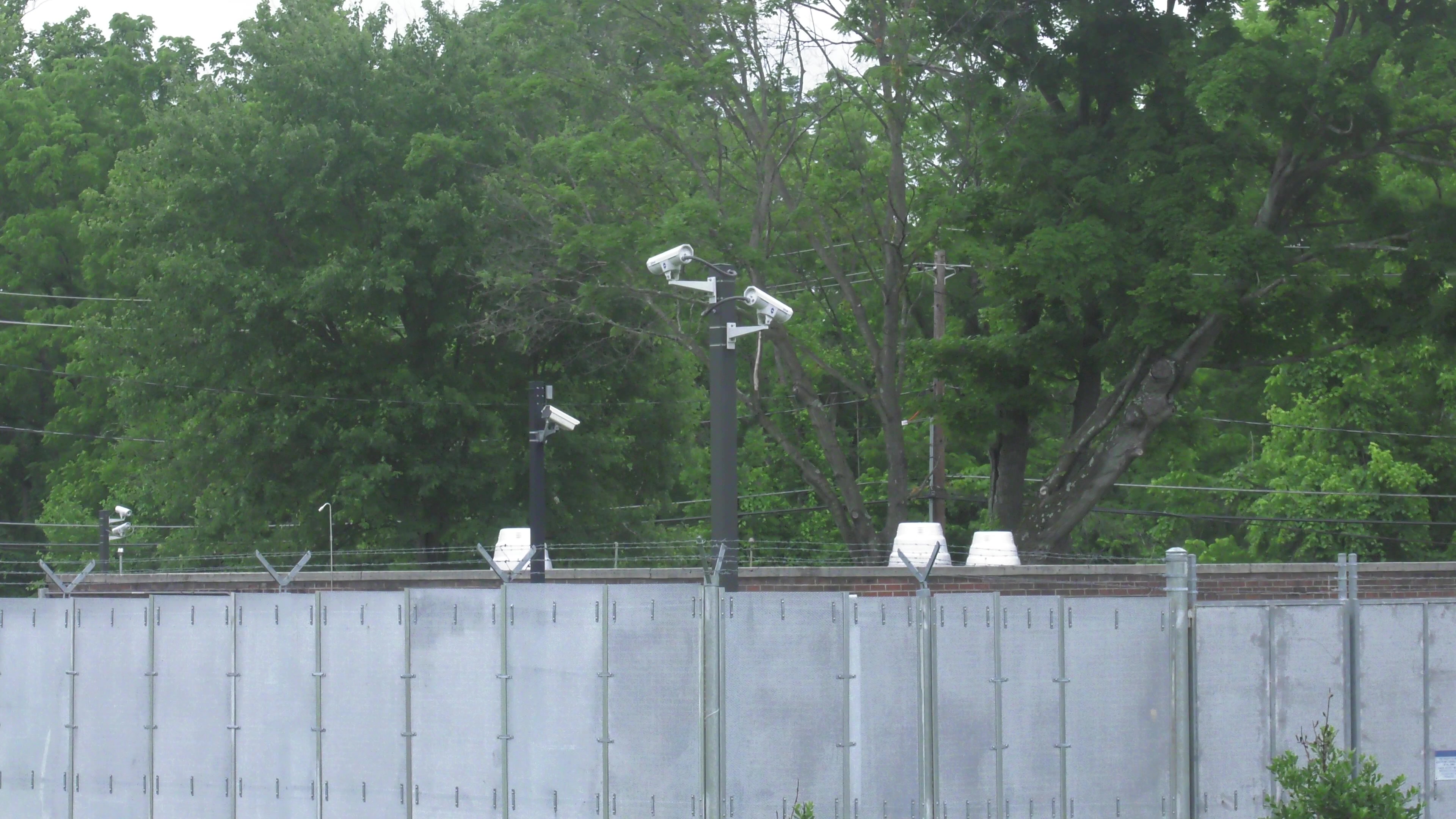3 min read
Discrete vs Conspicuous Security Devices: Pros, Cons, and When to Use Each
![]() Theseus Team
:
Jul 28, 2023 1:10:09 PM
Theseus Team
:
Jul 28, 2023 1:10:09 PM

Security devices continue to be crucial elements for safeguarding our properties, businesses, and personal lives. From residential security systems to corporate security solutions, consumers have a myriad of choices, falling mainly into two categories: discrete and conspicuous devices. The decision to choose between the two depends on various factors, including individual needs, nature of the threat, environment, and overall security posture of your organization.
Let's take a look at some advantages and disadvantages of each to help you make an informed decision.
Discrete Security Devices
Discrete security devices, as the name implies, are designed to blend into their surroundings, maintaining a low profile. They include hidden cameras, disguised alarms, or subtly placed sensors.
Advantages:
-
Surprise Element: Their most significant advantage lies in their ability to remain unnoticed. Intruders, unaware of being monitored, are more likely to let their guard down, potentially providing valuable evidence if a crime is committed.
-
Aesthetically Pleasing: Discrete devices, due to their ability to blend into the environment, don't disrupt the aesthetics of a property.
-
Less Prone to Tampering: Since these devices are harder to spot, they are less likely to be disabled or damaged by intruders.
Disadvantages:
-
Limited Deterrence: The hidden nature of discrete devices means they don't serve as a visible deterrent. Intruders may still attempt a breach, unaware of the surveillance in place.
-
Potential Legal Issues: In some jurisdictions, recording individuals without their knowledge or consent is illegal, even on private property. Always consult local laws before installing hidden devices.
Conspicuous Security Devices
Conspicuous security devices, on the other hand, are meant to be seen. They include noticeable security cameras, bright lighting, fences, turnstiles, and visible security signage.
Advantages:
-
Strong Deterrent: Visible security measures serve as a powerful deterrent. The knowledge that they're under surveillance might discourage potential intruders from attempting a crime.
-
Preventative Action: Conspicuous devices, through their deterrence factor, can often prevent incidents before they occur. This can save property owners the potential harm and hassle associated with dealing with criminal actions.
-
Clear Legal Stance: The laws around conspicuous security devices are generally more straightforward, given the expectation of privacy is less in areas where surveillance is clearly marked.
Disadvantages:
-
Aesthetic Disruption: These devices, due to their noticeable presence, may disrupt the aesthetics of a property.
-
Risk of Damage or Tampering: As the devices are clearly visible, they could be more prone to vandalism or tampering by determined criminals.
In the discrete vs conspicuous security device debate, there isn't a one-size-fits-all answer. The choice depends on the specific needs and circumstances of each application. For some organizations, the deterrence provided by conspicuous devices outweighs any aesthetic concerns. Others may prefer the stealthy surveillance of discrete devices that are more architecturally pleasing. It's also worth noting that these two types of systems can complement each other and often are used in conjunction within a comprehensive security strategy.
As always, when selecting a security solution, it's crucial to consider local laws, your security needs, and the specific characteristics of the property and occupants you're protecting. Consider working with a third-party consulting and engineering firm, like Theseus Professional Services. We listen to all stakeholders from your architect to your security staff and apply expertise and standards that ensure the most safe and secure environment possible is achieved.
If you're leaning towards overt security presence, be sure to check out this article about CCTV towers >>
FREE: PHYSICAL SECURITY RISK ASSESSMENT CONSIDERATIONS GUIDE
We understand the challenges that security professionals face in securing their facilities and creating a safe environment within their budget. We also recognize the difficulty in finding the right resources and expert advice to achieve this mission.
That's why we're excited to announce the release of our considerations guide, designed specifically to help security professionals conduct their own in-house security risk assessment.
This comprehensive guide aims to assist you in identifying any missing or inadequate physical security measures that may compromise the safety and security of your assets, people, property, and critical business functions. While we highly recommend consulting with a third-party expert like Theseus Professional Services in certain cases, this guide will empower you to take a proactive approach to assess and address security risks within your organization.
The findings of a security risk assessment play a vital role in measuring and communicating the level of risk to your organization. By following the guidelines outlined in this guide, you can enhance the overall security of your facility while staying within your budget.
We believe that knowledge is power, and we're committed to providing you with valuable resources to help you achieve your security goals. Download our considerations guide today and take control of your facility's security.
- Process Evaluation
- Threats
- Vulnerability Assessment Highlights
- Electronic Security Systems Considerations
- Site Considerations
- Building Entrances and Exits
- Common Functional Areas
- Building Envelope
- Utilities and Building Services
- Building Systems
Contact us to discuss your security challenges >>






